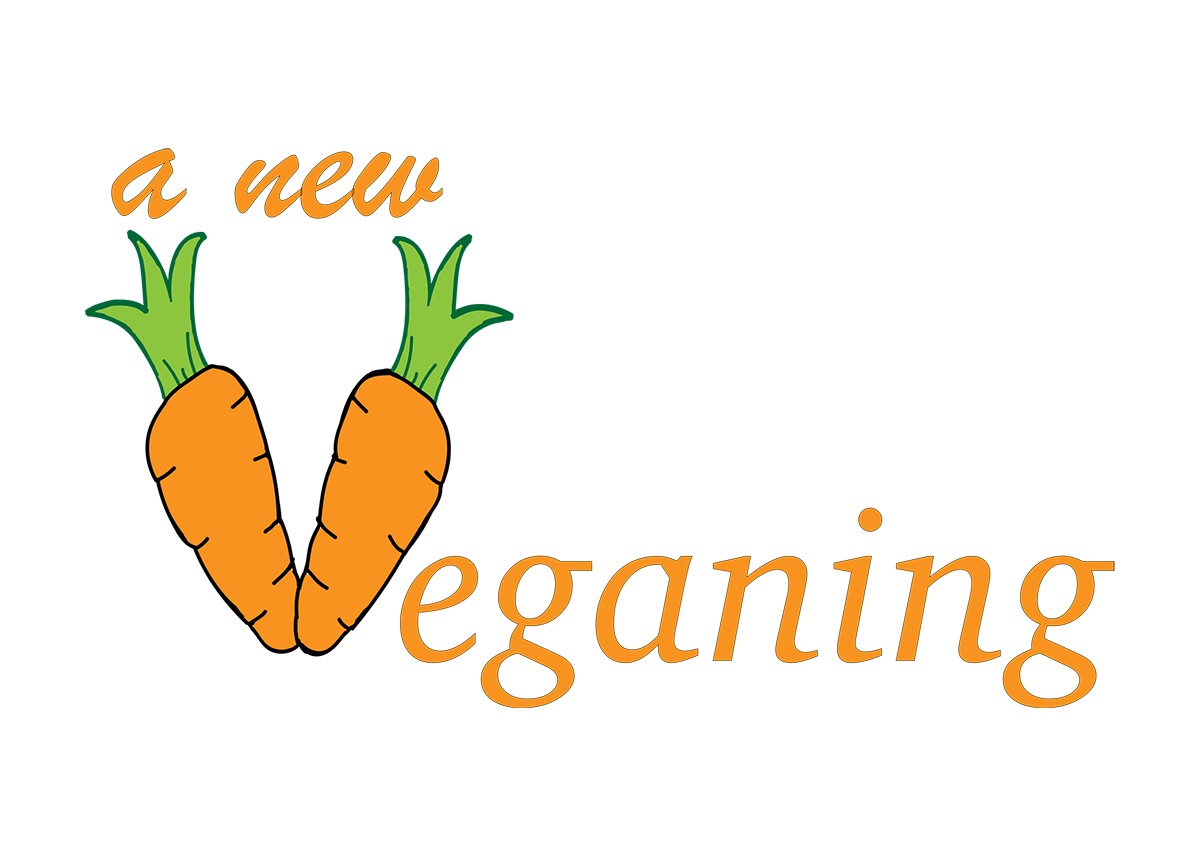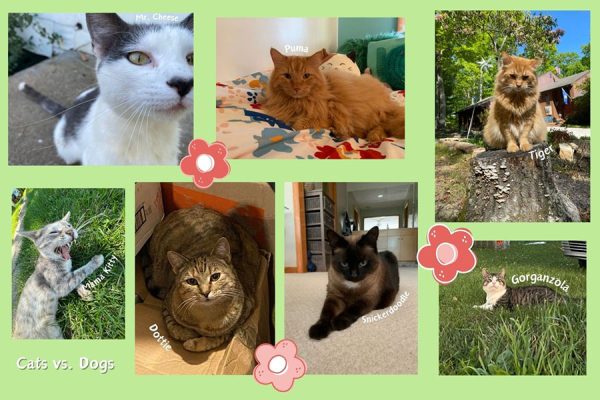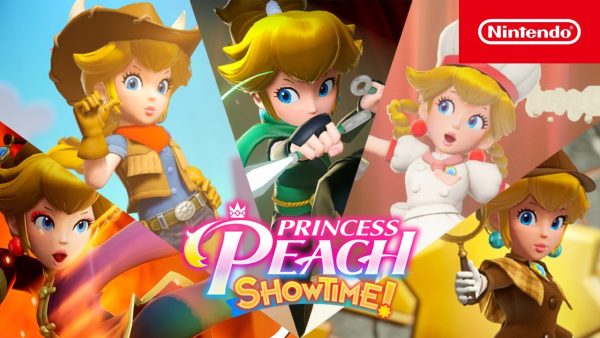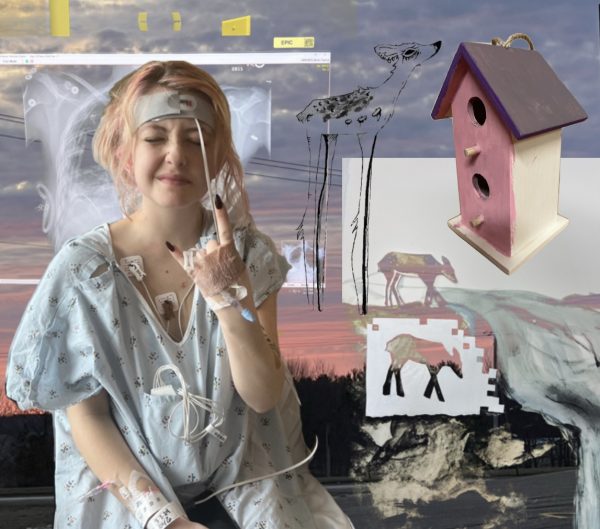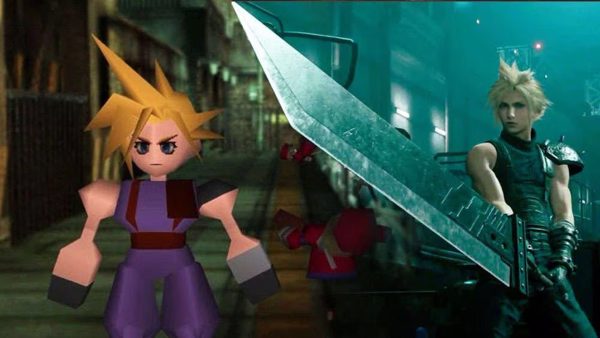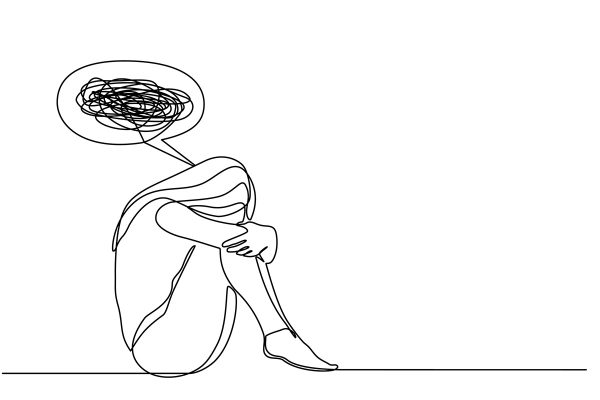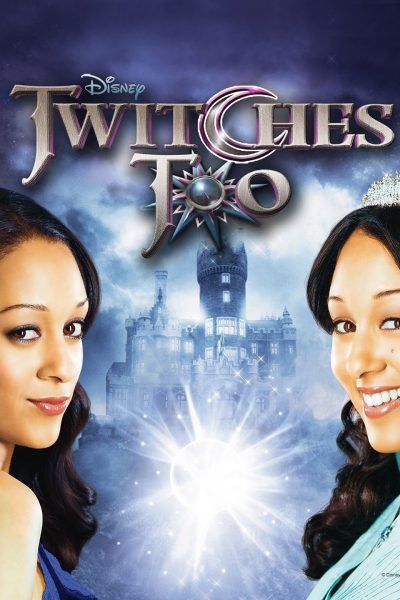A new veganing
How a makeup routine can be harmful to animals
More stories from Emilee Wentland
Recently, I’ve been thinking a lot about the impact my eyebrows have on animals’ well-being.
Or, more accurately, the impact my lengthy makeup routine has on animal rights. Since my fridge is still full of non-vegan items and this transition is taking a while, the next best thing to do is find cruelty-free alternatives to my makeup favorites.
Part of being a vegan is living a vegan, cruelty-free lifestyle, not just cutting certain foods out of your diet. Since I have my fair share of personal care products I swear by, switching over to cruelty-free brands will be just as hard for me as changing what I eat.
Animal testing is a popular means of testing makeup products to see how they’ll react on contact with skin. Some examples of tests done on animals — not just in the cosmetic industry — are injecting substances, exposing them to radiation, removing organs to intentionally cause damage as well as forcing animals to inhale toxic gases, according to Cruelty Free International’s website.
“Cruelty-free” is an ambiguous term because there isn’t an official, legal definition. Because of this, companies use the phrase to market their products even though it can mean a variety of things, according to an article from Massachusetts Society for the Prevention of Cruelty to Animals (MSPCA).
“Many scientists … believe these ambiguities can make these labels meaningless,” MSPCA stated on their website.
When a company markets itself as cruelty-free, it could mean the final products and its ingredients aren’t tested on animals or the brand relies on a supplier to do animal testing so the company itself doesn’t have to, according to the same MSPCA article.
To receive the Leaping Bunny — a popular website which lists which brands are cruelty-free — stamp of approval, a company must follow a long list of rules. The gist of it is if neither the product’s ingredients nor the product itself have been tested on animals and the company won’t do so in the future, it earns the Leaping Bunny label.
The People for the Ethical Treatment of Animals’ (PETA) standards are similar to that of Leaping Bunny, because PETA only labels a company cruelty-free if the company doesn’t “conduct, commission, or pay for any tests on animals for ingredients, formulations, or finished products that they pledge not to do so in the future,” according the organization’s website.
These rules are in place because some ingredients used to be tested on animals in the past but aren’t anymore.
“Many raw materials, used in cosmetics, were tested on animals years ago when they were first introduced,” The FDA’s website states. “A cosmetic manufacturer might only use those raw materials and base their ‘cruelty-free’ claims on the fact that the materials or products are not ‘currently’ tested on animals.”
After some thorough investigating, I decided both PETA’s and Leaping Bunny’s standards are high enough to fit my definition of cruelty-free, being a product and its ingredients were not and will not be tested on animals.
Luckily, both websites have a list of brands they’ve given their certification to. Using these websites, I’ve found many of my favorite brands listed, such as Anastasia Beverly Hills, Pacifica, Tarte and NYX. Using the same lists, I found some of my other makeup favorites were not cruelty-free, including CoverGirl, Maybelline and Lancôme.
Once I run out of any products I own that aren’t cruelty-free, I’ll search for an alternative brand from one of the lists mentioned above.
Using these search tools, I can continue to shop at all my favorite stores while buying cruelty-free. Finding new favorites may be challenging — and seem like high school all over again — but in the end, knowing the companies I put my money toward aren’t injecting bunnies with potentially harmful substances will make it worth it.

